Don’t Deadhead These Plants: 7 Flowers, Plants & Shrubs You Can Leave When Their Blooms Fade
Deadheading is a standard practice for maintaining many flowering plants, but there are some plants you don't have to deadhead at all!
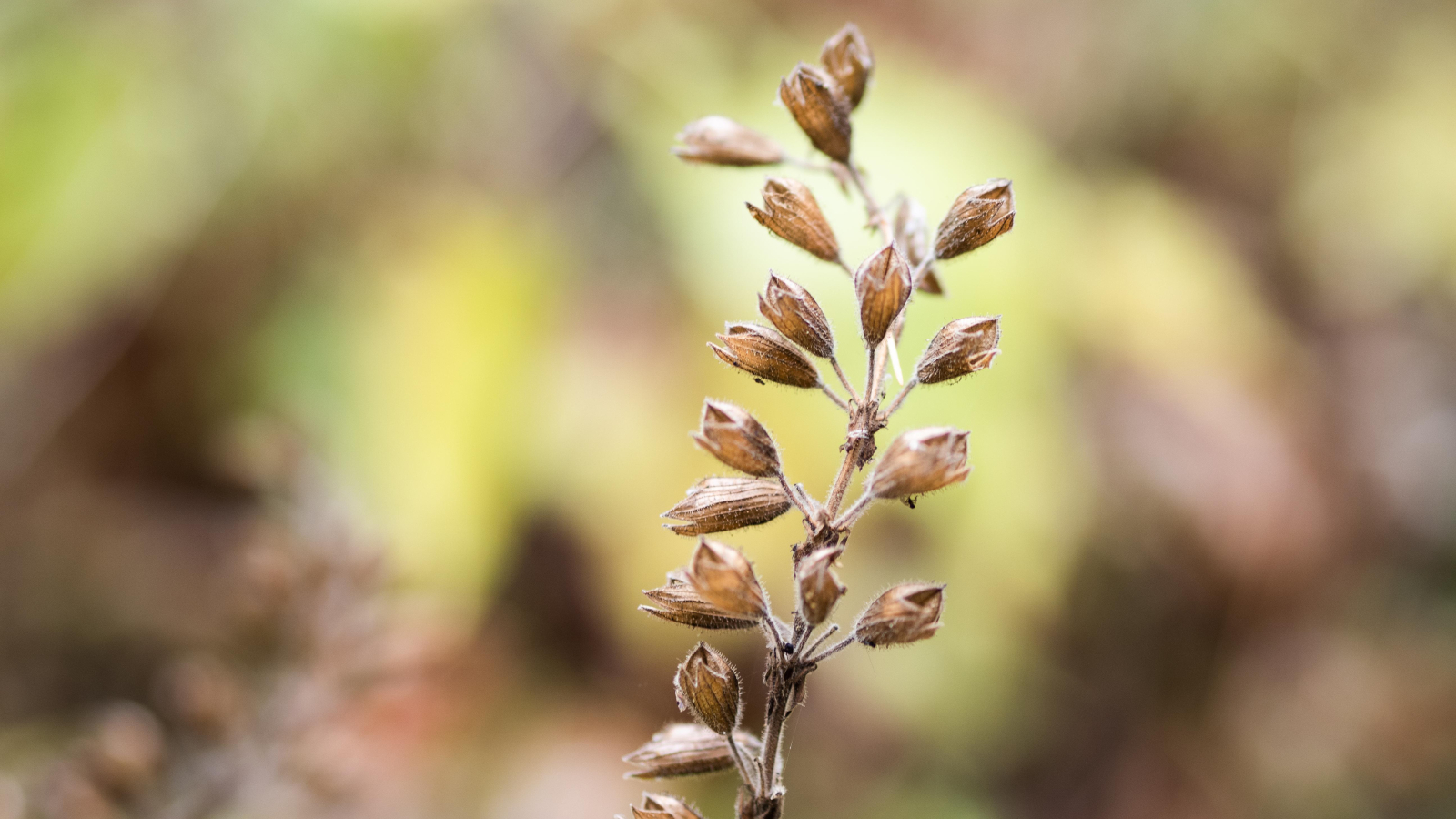

In gardening, “deadheading” refers to the removal of spent or faded flowers from plants. This can be beneficial for a number of reasons, helping to boost bloom and prevent the production of seed. This will aid in overall plant health and in the development of a robust root system.
Deadheading flowers is especially useful as a means to better establish flowering perennial plants and shrubs, or prevent the reseeding of especially vigorous growers.
Though most species will respond well, there are some plants that may be negatively impacted by the process. But, what plants don't need deadheading?
Plants You Shouldn’t Deadhead – And Why
Plants you don't have to deadhead include those which growers hope will produce seed. By allowing pollinated blooms to remain, gardeners help to ensure the maturation of pods, either collecting for themselves or allowing each to drop naturally. This creates new plants, and seeds also serve as a source of food for local birds and native wildlife.
Other plants not to deadhead include those with unique forms or specialized growth habits. Flowers that don't need deadheading such as these are often biennial in nature or bloom atop tall, floriferous spikes. Species which are considered “self-cleaning" are also unlikely to require the removal of spent blooms, with each flower falling from plants at its own accord.
Some of the most common examples of plants you don't have to deadhead include:
1. Forget-Me-Nots
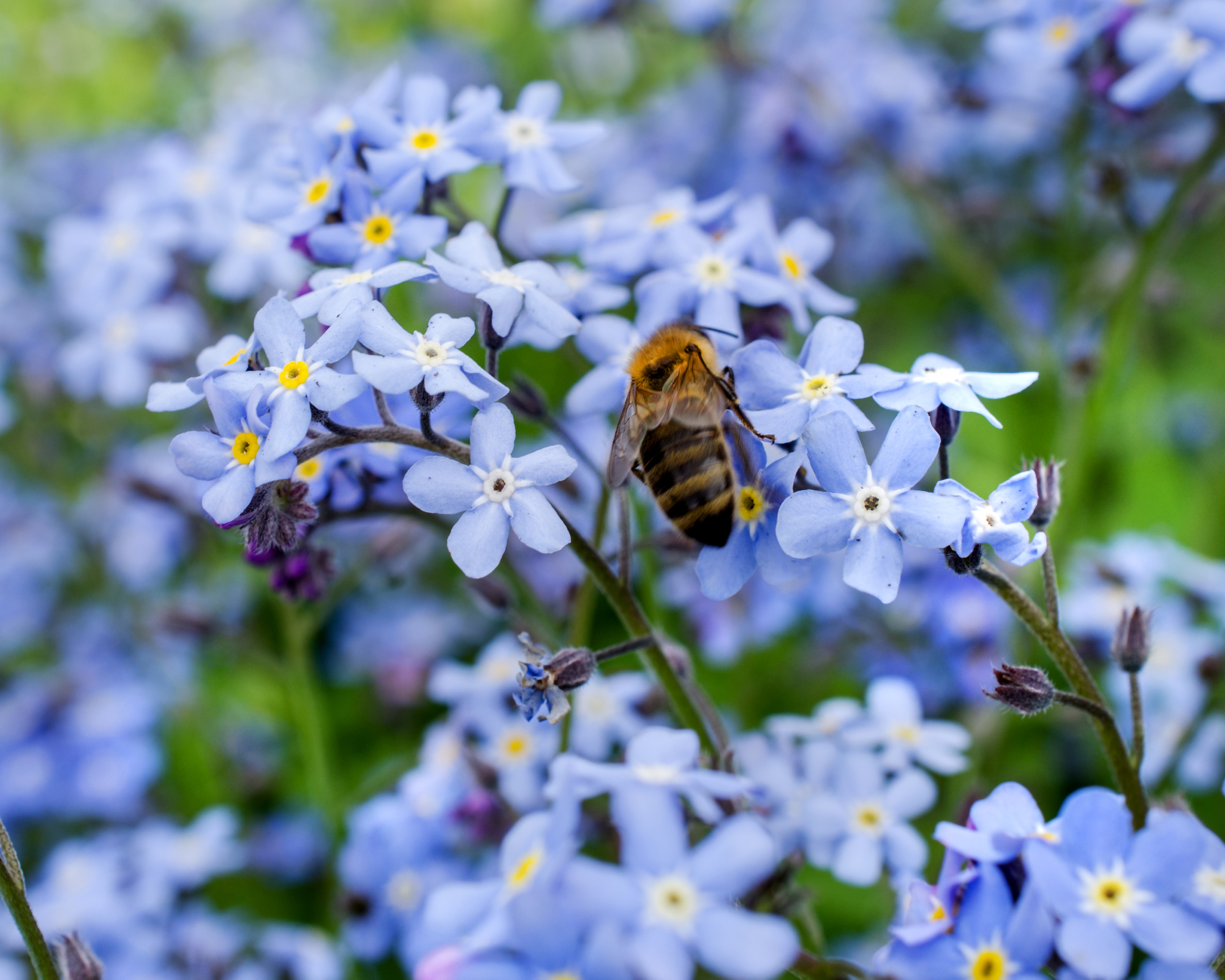
Many flowers that don't require deadheading are those that open in succession or that form dense sprays. Most species of forget-me-not flowers will behave in this manner, with new blooms continuing to open across the length of each stem.
Sign up for the Gardening Know How newsletter today and receive a free copy of our e-book "How to Grow Delicious Tomatoes".
Though it is technically possible to trim individual blooms, the process would be tedious. Rather, growers often opt to cut plants only after their flowering period has ceased in summer.
2. Foxglove

A biennial, growers can expect foxglove flowers to begin blooming in their second season. Like other species that produce elegant spikes, flowers continue to open over time. As the plant's first blooms begin to fade, new buds above them start to open. This makes the process of deadheading exceedingly difficult.
Allowing stems to remain intact will help to prolong the plant's bloom period, and allow for truly memorable floral displays. Those hoping to prevent reseeding can deadhead, but only after spikes have finished flowering completely. You can save foxglove seeds for more controlled planting next season by clipping them and storing them.
3. Hollyhock

Another biennial, growers should avoid pruning hollyhock plants too early. Tall flowering spikes grow and extend themselves through summer. As this occurs, flower buds continue to develop along its central stalk. Petals of faded blooms are likely to fall from the plant freely, leaving behind only small seed pods.
Those who wish their plants to return can leave the pods in place, each spilling their contents when the time is right.
4. Impatiens
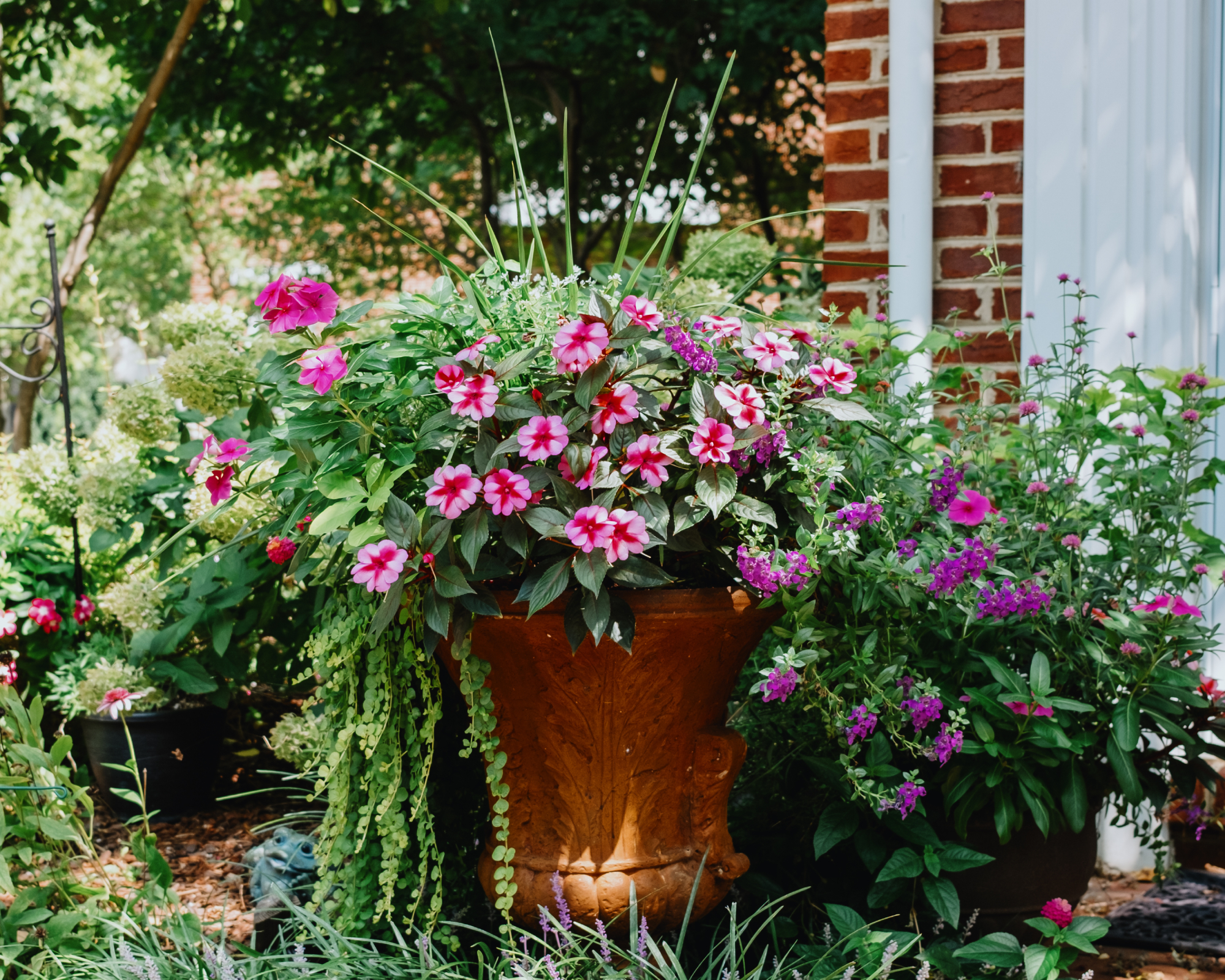
Impatiens plants are considered self-cleaning, in that faded blooms will fall naturally from the plant. This allows for continued bud set throughout the entirety of the growing season with only little care or attention from growers.
5. Lobelia
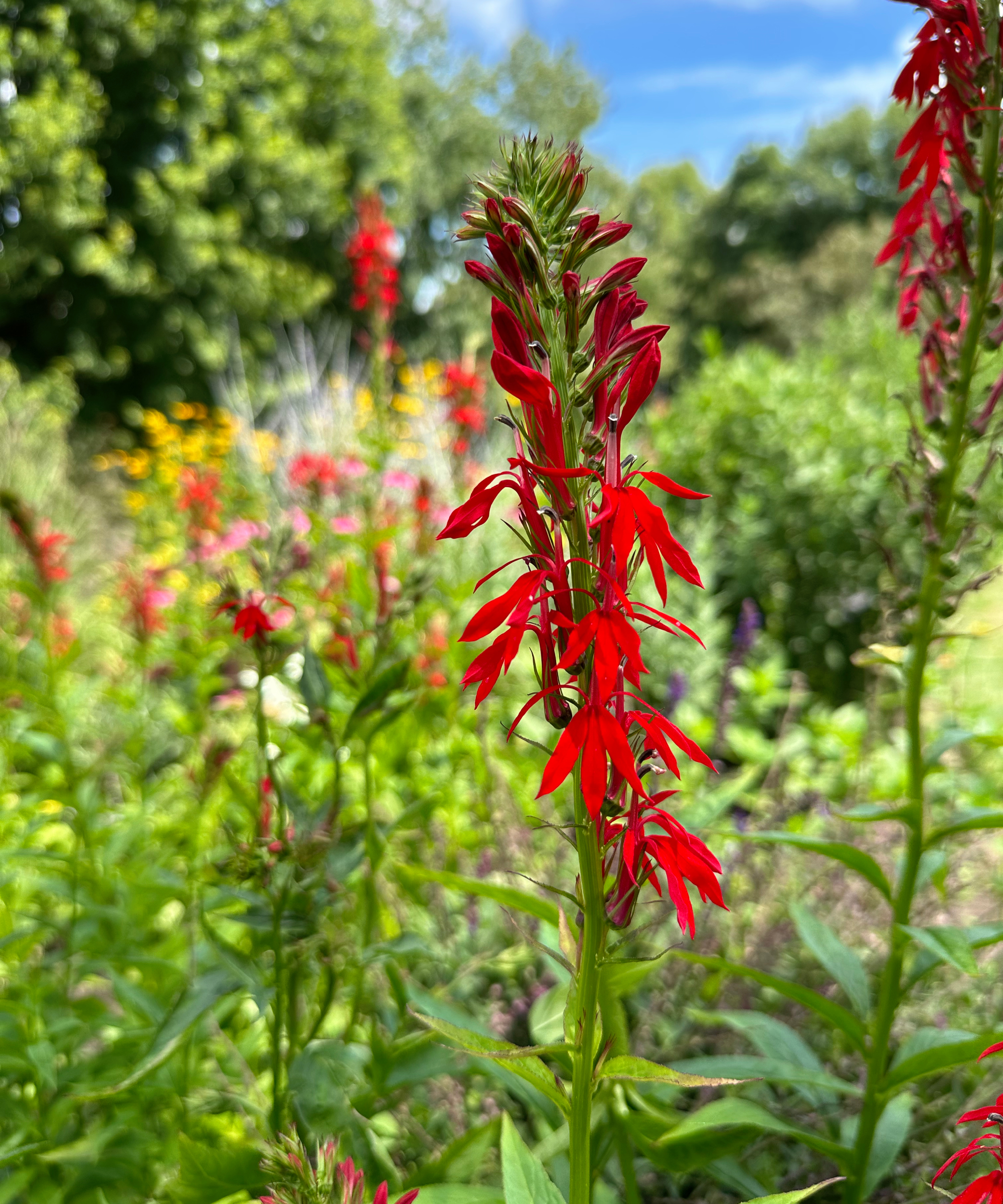
Perennial lobelia, or cardinal flowers, are also considered self-cleaning. Species with large numbers of flowers are among the most common annual and perennial plants not to deadhead. This is especially true of those with a distinct bloom period.
6. Sunflower
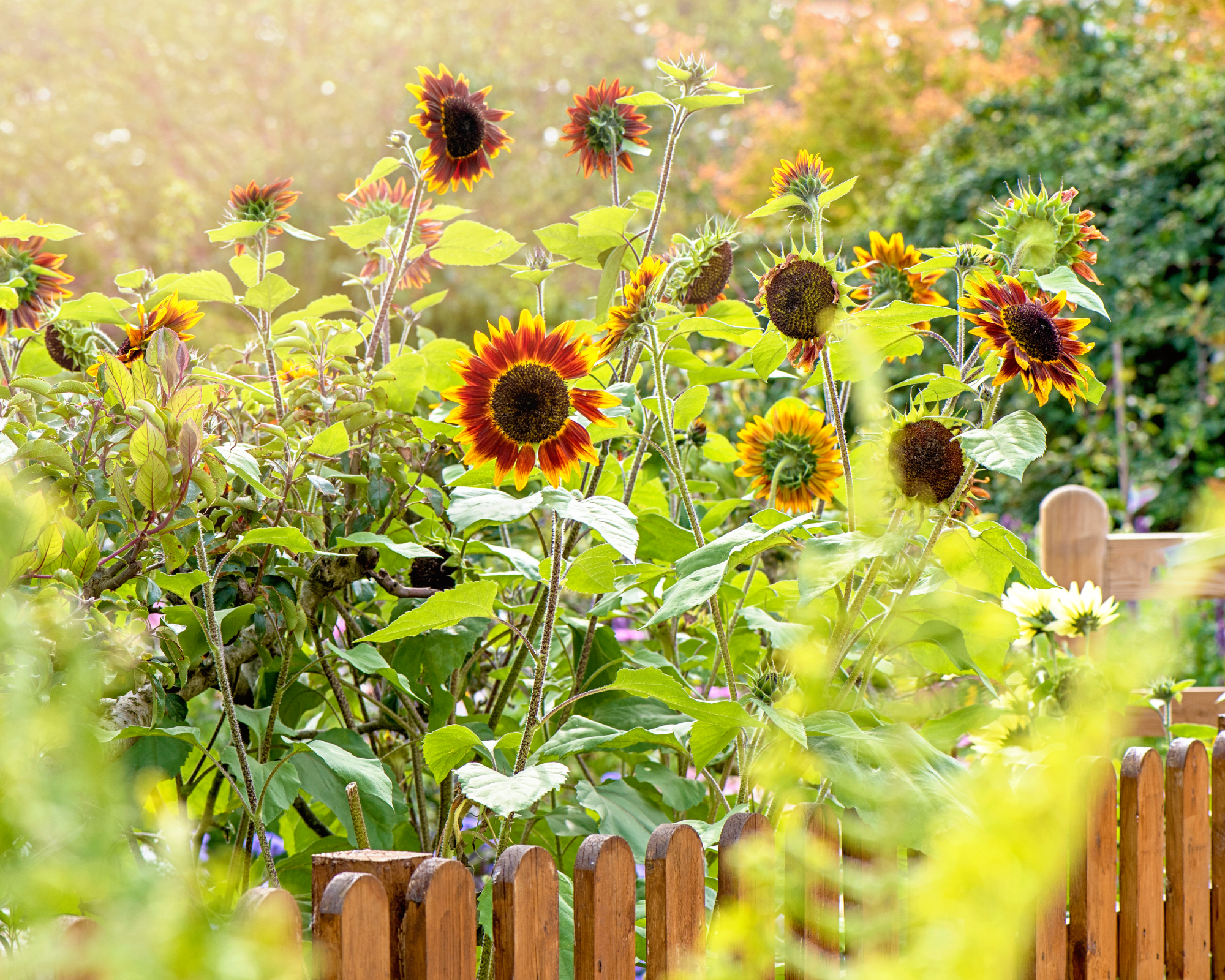
The decision to deadhead sunflowers depends upon a variety of factors. While many branching types will benefit from the process, single stem varieties may often fail to rebloom. It is for this reason that growers may choose to leave the flowers intact, allowing them to produce seed.
7. Viburnum

Many species that don't require deadheading are those which produce especially attractive fruits or seed pods. Such is the case with viburnum shrubs, which yields stunning clustered fruits beyond flowering. The plant's beauty persists through fall, offering growers an impressive season-long display.
Mature shrubs have proven an exceptionally valuable addition to the landscape, supporting the local ecosystem by feeding birds and other native wildlife. The 'Winterthur' viburnum, found in the Gardening Know How Shop, is a great selection to provide shelter and berries for your backyard birds.
This article features products available from third party vendors on the Gardening Know How Shop. Keep in mind that our plant inventory is limited - so if you’re thinking of purchasing, don’t wait!

Tonya Barnett has been gardening for 13 years. Flowers are her passion. She has transformed her backyard into a cut flower garden, which she regularly chronicles on her YouTube channel http://www.youtube.com/@tonyawiththeflowers.